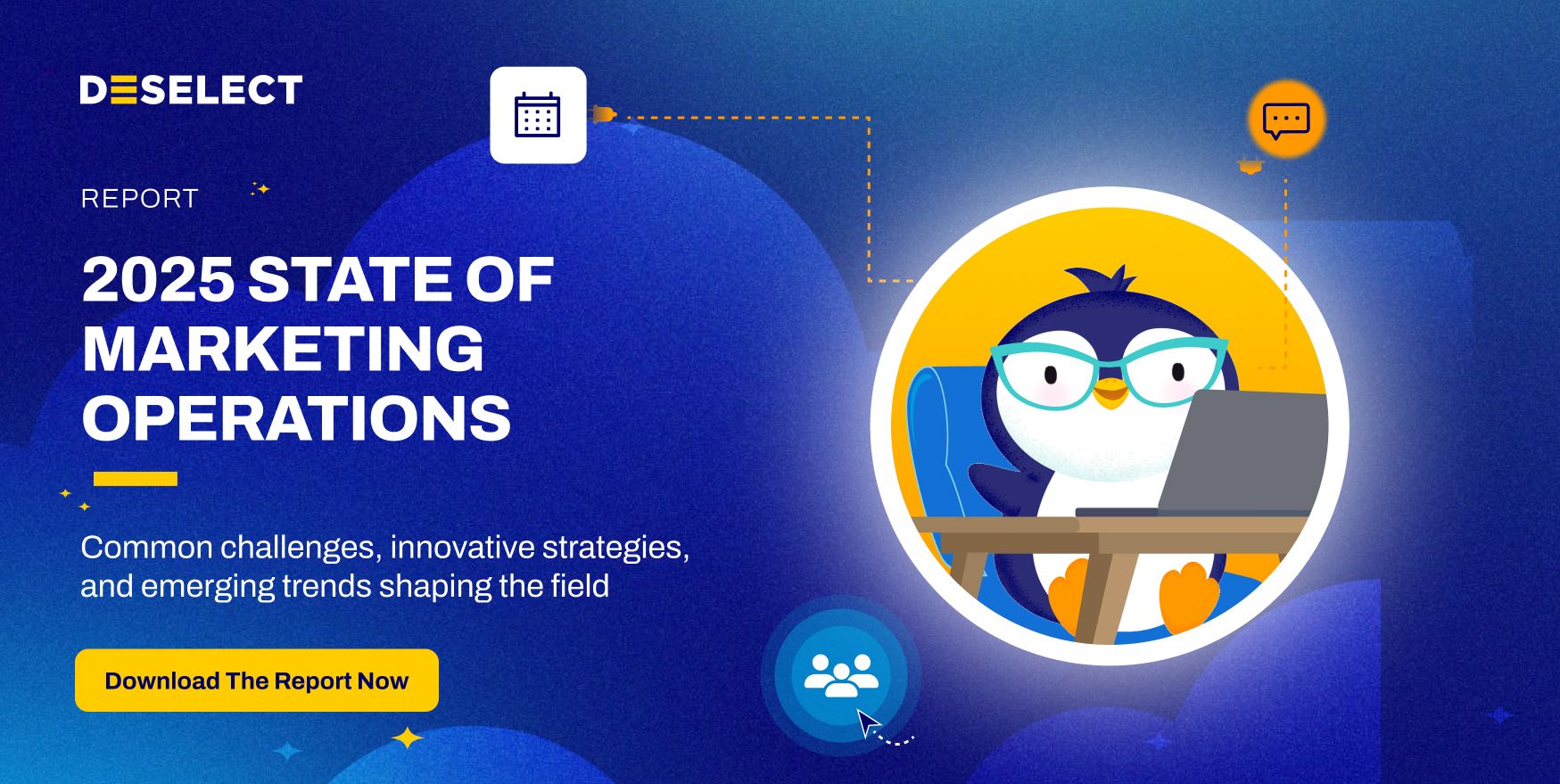- Tiny Big Spark
- Posts
- Grafana Cloud: Redefining the Future of Observability
Grafana Cloud: Redefining the Future of Observability
How open standards and AI-driven efficiency are transforming monitoring and control
Beyond the Dashboard: How Grafana Cloud Quietly Redefined Observability’s Future
A Quiet Revolution in the World of Observability
Every era has its giants — and for years, Datadog and Splunk defined observability’s skyline. One unified, all-in-one SaaS powerhouse. One log analytics empire. But disruption doesn’t always come with noise; sometimes, it comes with precision.
Grafana Cloud has entered the scene not as a challenger, but as an evolution.
Built on open standards — Prometheus for metrics, Loki for logs, and the AI-driven Adaptive Telemetry suite — Grafana Cloud delivers something the industry’s long forgotten: freedom.
Freedom from lock-in. Freedom from runaway costs. Freedom to build, scale, and observe systems on your own terms.
The shift isn’t just technological — it’s philosophical.
Where legacy platforms centralize and control, Grafana decentralizes and empowers. It’s the difference between renting your tools and owning your craft.
This is the story of that transformation — and why organizations like Palantir Technologies are betting their mission-critical future on it.
Tesla’s Smart Home. Apple’s Big Move. One Startup Could Power Them Both.

Elon Musk is building the Tesla Smart Home.
Apple is doubling down with new Face-ID locks and smart displays.
The world’s biggest tech giants are battling for dominance in the $158B smart home market, growing 23% each year.
Big Tech is pouring billions— the race is officially on.
Just like how Google acquired Nest for $3.2 Billion and Amazon snapped up Ring for $1.2 Billion, investors are hunting for the next smart home breakout.
As Tesla and Apple race ahead, one startup is riding the wave—leading a massive, overlooked category - smart shades. And RYSE is dominating it.
RYSE checks every box:
- 10 granted patents
- Over $12M in revenue
- 200% annual growth
RYSE is not just another smart gadget—it’s a prime acquisition target in a category with billion-dollar potential.
At just $2.25/share, investors can still get in early—before their next wave of growth.
The next Nest or Ring could be this.
Tip: When evaluating any system or stack, don’t ask “What can it monitor?” Ask, “What will it let me change tomorrow?” Flexibility is the real performance metric.

Metrics Reimagined: Prometheus + PromQL
At the heart of Grafana’s rise lies Prometheus, the open-source cornerstone for cloud-native monitoring. Its power stems from one deceptively simple concept — labels.
Labels transform data into context. They allow PromQL (Prometheus Query Language) to slice, filter, and recombine metrics with surgical precision. This isn’t just monitoring; it’s multidimensional storytelling.
Each query reveals not just what’s happening, but why.
Why Prometheus Stands Apart
Label-Driven Precision: PromQL enables real-time, multi-dimensional analysis unmatched by proprietary tools.
Cloud-Native Standard: As Kubernetes’ de facto monitoring engine, Prometheus seamlessly plugs into any modern architecture.
Open and Future-Proof: No vendor gates, no migration traps. Start self-hosted, scale into Grafana Cloud’s enterprise tier without rewriting a single query.
Yet, even brilliance has its friction points. PromQL’s syntax can feel foreign to beginners, and high-cardinality metrics can overwhelm unoptimized setups. Grafana’s Mimir service counteracts this with near-infinite scalability — transforming a potential weakness into a strength.
Tip: Don’t fear PromQL’s learning curve. Treat it as a literacy in precision — the language of modern systems thinking. Once fluent, you’ll never look back.
Explore the 2025 Marketing Operations Trends
The 2025 State of Marketing Operations Report provides clarity on technology, team structure, data management, and more, as shared by 34 marketing leaders. Are you challenged by audience overlap or tech misalignment? This report covers proven strategies to modernize operations and boost campaign ROI. Download now and lead the way in marketing excellence!
Loki + LogQL: Smarter Logging, Smaller Bills
Logs are the pulse of any system — but historically, they’ve been the most expensive to keep.
Enter Loki, Grafana’s log aggregation engine that breaks tradition and slashes cost without cutting insight.
Where Splunk indexes every byte, Loki indexes only metadata (labels). That means 80–90% less indexing overhead — and exponential savings at scale. It pairs this with LogQL, a query language mirroring PromQL, giving developers a unified mental model for both metrics and logs.
What Makes Loki Different
Cost-Efficient Architecture: Metadata-only indexing turns massive log ingestion from a budget threat into a predictable cost.
Unified Query Power: Shared syntax between metrics and logs simplifies analysis and correlation.
Effortless Scalability: Promtail agents discover services automatically, compressing data into object storage like S3 for infinite retention.
The trade-off? Loki prioritizes structured filtering over deep full-text search. But for most modern workloads, that’s a small price for transparent, scalable observability.
Tip: Tag your logs smartly. Label discipline is the secret weapon of cost efficiency — and Loki rewards it with clarity and speed.
Adaptive Telemetry: AI That Thinks Like a FinOps Partner
Observability used to mean collecting everything and hoping for the best. Grafana Cloud’s Adaptive Telemetry flips that philosophy — it collects smartly, not endlessly.
Powered by AI and machine learning, Adaptive Telemetry continuously audits how metrics and logs are used across dashboards, alerts, and queries. Then, it recommends where to aggregate, downsample, or drop redundant data — preserving insight while cutting waste.
The Two Pillars
Adaptive Metrics: Identifies underused or high-cardinality metrics and recommends optimized aggregations.
Result: up to 35% reduction in metric storage costs with no performance loss.Adaptive Logs: Finds rarely queried log patterns and highlights which data can be safely excluded.
Result: lower storage bills, same operational clarity.
Compared to the Giants
Datadog offers manual controls (like Metrics Without Limits) but lacks automated AI insights.
Splunk focuses on security automation (Adaptive Response) — powerful, but not built for telemetry optimization.
Grafana’s approach is proactive, not reactive. It’s observability that manages itself.
Tip: Set AI-driven telemetry as your first line of optimization, not your last. Let your system teach you what truly matters.
Palantir + Grafana Cloud: The Federal Frontier of Observability
Some partnerships redefine credibility.
When Palantir Technologies — a cornerstone of U.S. federal infrastructure — chose Grafana Cloud as the backbone of its observability strategy, it wasn’t just an upgrade. It was a statement.
Why It Matters
Announced in early 2025, Palantir integrated Grafana Cloud into its Federal Cloud Service through the FedStart program — accelerating Grafana’s FedRAMP High Authorization (achieved April 2025) and DoD Impact Level 5 compliance.
That’s not just paperwork. It’s permission to handle the U.S. government’s most sensitive workloads with open-source speed and commercial precision.
Why Palantir Migrated
Unified Observability: Grafana’s platform replaced fragmented legacy tools, streamlining monitoring across Palantir’s global operations.
Dramatic Cost Savings: Loki’s metadata indexing cut log expenses that once ballooned under ingestion-based pricing.
Proven Reliability: After internal validation, Palantir deployed Grafana Cloud into its federal environments — proof that open systems can thrive even under classified constraints.
Strategic Wins
Ironclad Compliance: FedRAMP High and IL5 certifications position Grafana ahead of slower-moving incumbents.
Rapid Deployment: Through FedStart, agencies can now deploy Grafana’s SaaS solutions in weeks instead of years.
Empowered Federal IT: Agencies gain real-time AI-driven observability, from Adaptive Metrics to automated alerts, all without proprietary lock-ins or inflated licensing.
Palantir’s success runs on the LGTM stack — Loki, Grafana, Tempo, and Mimir — a fully managed, open, end-to-end observability framework. Together, they deliver unified visibility, resilience, and scalability at a level once reserved for closed ecosystems.
As Palantir’s senior architect, Ali Monfre, put it:
“Grafana Labs chose Palantir to accelerate into the federal space — and together, we made modern observability accessible at government scale.”
Tip: Whether you’re running a startup or a regulated enterprise, treat compliance as a design choice, not a hurdle. Grafana’s model proves that openness and security can coexist — and even thrive.
Closing Thought – The Future Belongs to the Open
The observability landscape is no longer a contest of who collects more data, but who understands it faster, cheaper, and smarter.
Grafana Cloud’s rise — validated by Palantir’s partnership and Gartner’s recognition as a Leader in Observability Platforms — signals a clear shift: open standards and AI intelligence are the new north stars.
For those navigating complexity, the path forward is simple:
Own your data. Optimize with intelligence. Observe without limits.
Because in the end, true control doesn’t come from buying another dashboard.
It comes from building one that finally works for you.
What’s your next spark? A new platform engineering skill? A bold pitch? A team ready to rise? Share your ideas or challenges at Tiny Big Spark. Let’s build your pyramid—together.
That’s it!
Keep innovating and stay inspired!
If you think your colleagues and friends would find this content valuable, we’d love it if you shared our newsletter with them!
PROMO CONTENT
Can email newsletters make money?
With the world becoming increasingly digital, this question will be on the minds of millions of people looking for new income streams in 2025.
The answer is—Absolutely!
That’s it for this episode!
Thank you for taking the time to read today’s email! Your support allows me to send out this newsletter for free every day.
What do you think for today’s episode? Please provide your feedback in the poll below.
How would you rate today's newsletter? |
Share the newsletter with your friends and colleagues if you find it valuable.
Disclaimer: The "Tiny Big Spark" newsletter is for informational and educational purposes only, not a substitute for professional advice, including financial, legal, medical, or technical. We strive for accuracy but make no guarantees about the completeness or reliability of the information provided. Any reliance on this information is at your own risk. The views expressed are those of the authors and do not reflect any organization's official position. This newsletter may link to external sites we don't control; we do not endorse their content. We are not liable for any losses or damages from using this information.


Reply